This article delves into the creative and practical aspects of building a DIY pegboard room divider, offering step-by-step guidance and design ideas for a stylish and functional space. A pegboard room divider not only serves as a partition but also adds a unique decorative element to your interior.
What is a Pegboard Room Divider?
A pegboard room divider is a versatile partition made from pegboard that can be used to create separate areas within a room while adding a decorative touch. It can be customized to fit various styles and needs, making it an ideal solution for both small and large spaces.
Benefits of Using a Pegboard Room Divider
- Flexibility in Design: Pegboards can be painted or decorated to match your room’s aesthetic.
- Ease of Customization: You can easily add hooks, shelves, or other accessories to enhance functionality.
- Functional and Aesthetic: They not only provide privacy but also serve as a display area for plants, art, or other decorative items.
Materials Needed for Your DIY Project
Before starting your pegboard room divider, gather essential materials such as:
- Pegboard sheets
- Wood for framing
- Screws and anchors
- Tools: saw, drill, level, and measuring tape
Step-by-Step Guide to Building a Pegboard Room Divider
Follow these detailed instructions to construct your pegboard room divider:
- Measuring Your Space: Accurate measurements are crucial for your pegboard divider’s fit and functionality. Use a measuring tape to determine the desired height and width.
- Cutting and Preparing the Pegboard: Properly cutting the pegboard is essential for a professional finish. Use a saw to cut the pegboard to your measured dimensions.
Design Ideas for Your Pegboard Room Divider
Explore various design ideas to personalize your pegboard room divider:
- Incorporating Shelves and Hooks: Adding shelves and hooks can enhance the functionality of your pegboard room divider. Consider using floating shelves for plants or decor.
- Painting and Finishing Touches: The right paint and finish can elevate the look of your pegboard divider. Choose colors that complement your interior decor.
How to Secure Your Pegboard Room Divider
Ensuring your pegboard room divider is secure is vital for safety and stability. You can anchor it to the floor or wall using brackets or screws, depending on your space and design.
Maintenance Tips for Your Pegboard Room Divider
Regular maintenance can prolong the life of your pegboard room divider. Here are some simple upkeep tips:
- Wipe down the surface regularly to keep it clean.
- Check for any loose hooks or shelves and tighten them as necessary.
Where to Place Your Pegboard Room Divider
Choosing the right location for your pegboard room divider can enhance its effectiveness. Consider placing it in areas where you need privacy or to define spaces, such as between a living area and a workspace.
By following these guidelines, you can create a pegboard room divider that is not only functional but also a stylish addition to your home.
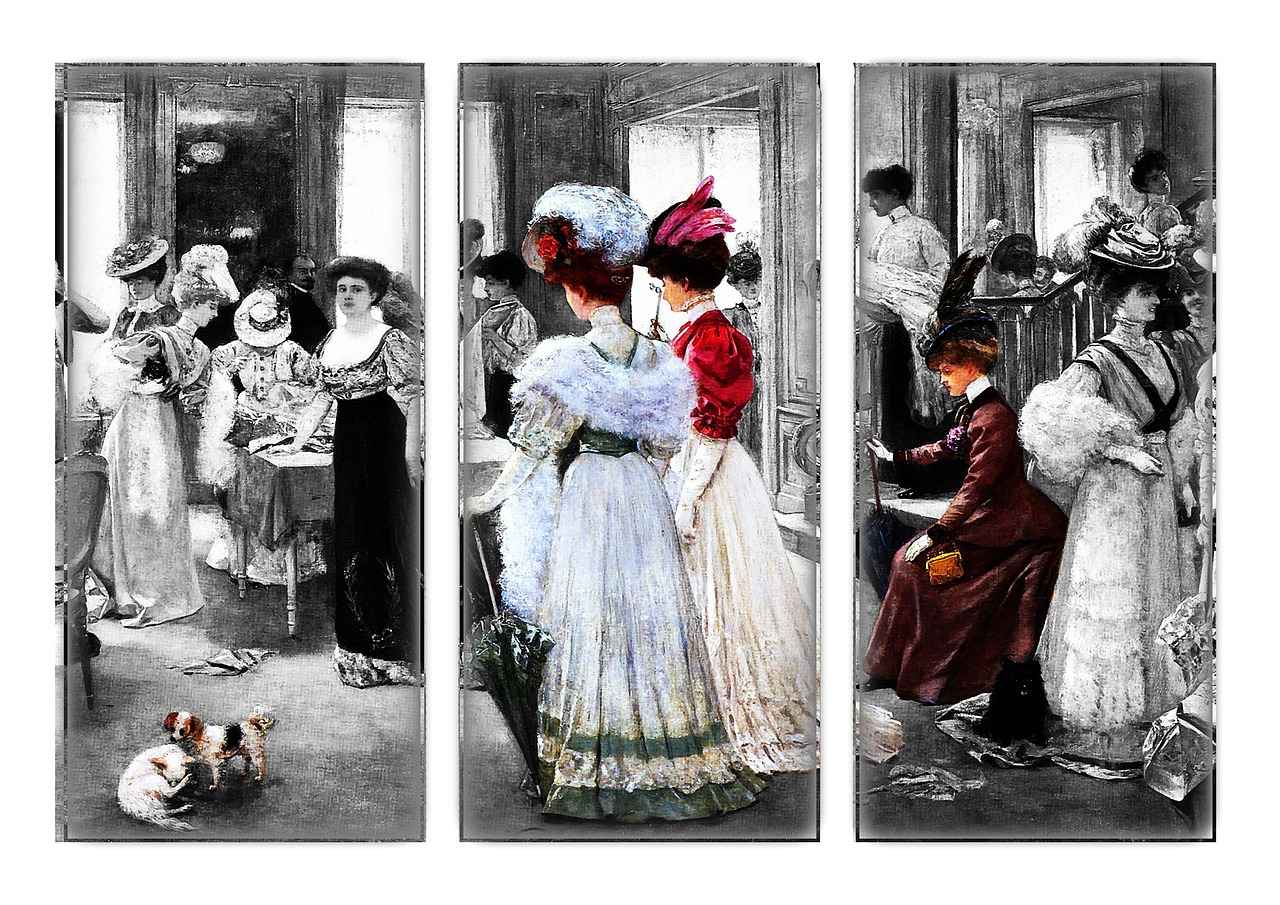
What is a Pegboard Room Divider?
A pegboard room divider is more than just a simple partition; it is a versatile and stylish solution for creating distinct areas within a single room. Made primarily from pegboard, this innovative divider serves functional purposes while also adding a decorative flair to your space. Whether you are looking to separate a home office from a living area, designate a play zone for children, or simply enhance the aesthetics of a room, a pegboard room divider can fulfill multiple roles.
One of the key features of a pegboard room divider is its customizability. Unlike traditional walls, pegboard allows you to easily modify the layout and design according to your changing needs. You can paint it in vibrant colors, add hooks for hanging items, or even incorporate shelves for additional storage. This flexibility makes it an ideal choice for renters and homeowners alike who want to maintain a dynamic living environment.
In addition to its aesthetic appeal, a pegboard room divider offers practical benefits. It can help improve acoustic privacy by reducing noise transfer between spaces, making it an excellent option for shared living situations. Furthermore, the perforated design of pegboard can facilitate airflow, preventing rooms from feeling stuffy or cramped.
When considering a pegboard room divider, it’s essential to think about the dimensions and layout of your space. Proper measurements will ensure that the divider fits seamlessly within the existing architecture of your home. Additionally, you can choose to create a full-height divider for maximum privacy or a shorter one that allows for an open feel while still defining spaces.
Furthermore, pegboard room dividers can be easily moved or reconfigured. This adaptability is particularly advantageous for those who frequently change their decor or layout. You can also use multiple pegboard dividers to create a series of smaller, distinct areas, enhancing the functionality of larger rooms.
In summary, a pegboard room divider is a unique and practical solution for anyone looking to enhance their living space. Its combination of style, functionality, and flexibility makes it an excellent choice for a variety of applications. Whether you are an artist seeking a creative workspace, a parent needing a play area for children, or someone who simply wants to add a touch of style to a room, a pegboard room divider can meet your needs.

Benefits of Using a Pegboard Room Divider
When it comes to creating distinct spaces within a room, pegboard room dividers offer a multitude of advantages that cater to both functionality and aesthetics. These versatile partitions are not just practical; they also allow for creative expression and customization. Here, we will explore the significant benefits of incorporating a pegboard room divider into your living or working environment.
One of the standout features of a pegboard room divider is its flexibility in design. Unlike traditional dividers, pegboards can be easily modified to suit your specific needs. Whether you want a simple partition or a more elaborate design, pegboards can be painted, decorated, or even combined with other materials to create a unique look that compliments your existing decor.
Another significant advantage of pegboard room dividers is the ease of customization. The surface of a pegboard allows for the addition of hooks, shelves, and other accessories, enabling you to tailor the divider to your preferences. Want to display plants, artwork, or tools? With pegboards, you can easily create a personalized space that reflects your style and functional needs.
Not only do pegboard room dividers serve practical purposes, but they also enhance the aesthetic appeal of your space. By incorporating colors, patterns, and textures, you can transform a simple divider into a stunning focal point. This dual functionality makes pegboards an ideal choice for various settings, from home offices to creative studios.
In smaller living spaces, optimizing every square inch is crucial. Pegboard room dividers can help you achieve this by creating separate zones without the need for permanent walls. This space-saving solution allows for a more open feel while still providing the necessary privacy and organization.
Installing a pegboard room divider is a straightforward process that typically requires minimal tools and materials. Furthermore, many pegboard dividers can be made mobile, allowing you to reposition them as needed. This mobility is particularly useful in multifunctional spaces where layouts may need to change frequently.
Compared to traditional room dividers, pegboard dividers are often more cost-effective. The materials are generally affordable, and the DIY nature of the project means you can save on labor costs. This makes pegboard dividers an excellent option for those looking to enhance their space without breaking the bank.
Using pegboards for room dividers can also be an environmentally friendly choice. Many pegboards are made from recycled materials, and their durability means they can last for years, reducing the need for replacements. Additionally, their lightweight nature makes them easier to transport and install, further minimizing their environmental impact.
In summary, pegboard room dividers offer a wealth of benefits, from design flexibility and easy customization to functional and aesthetic enhancements. Their ability to optimize space, ease of installation, cost-effectiveness, and environmental advantages make them an excellent choice for anyone looking to create a stylish and functional area in their home or office. With so many possibilities, a pegboard room divider is not just a partition; it’s an opportunity to express your creativity while meeting your practical needs.
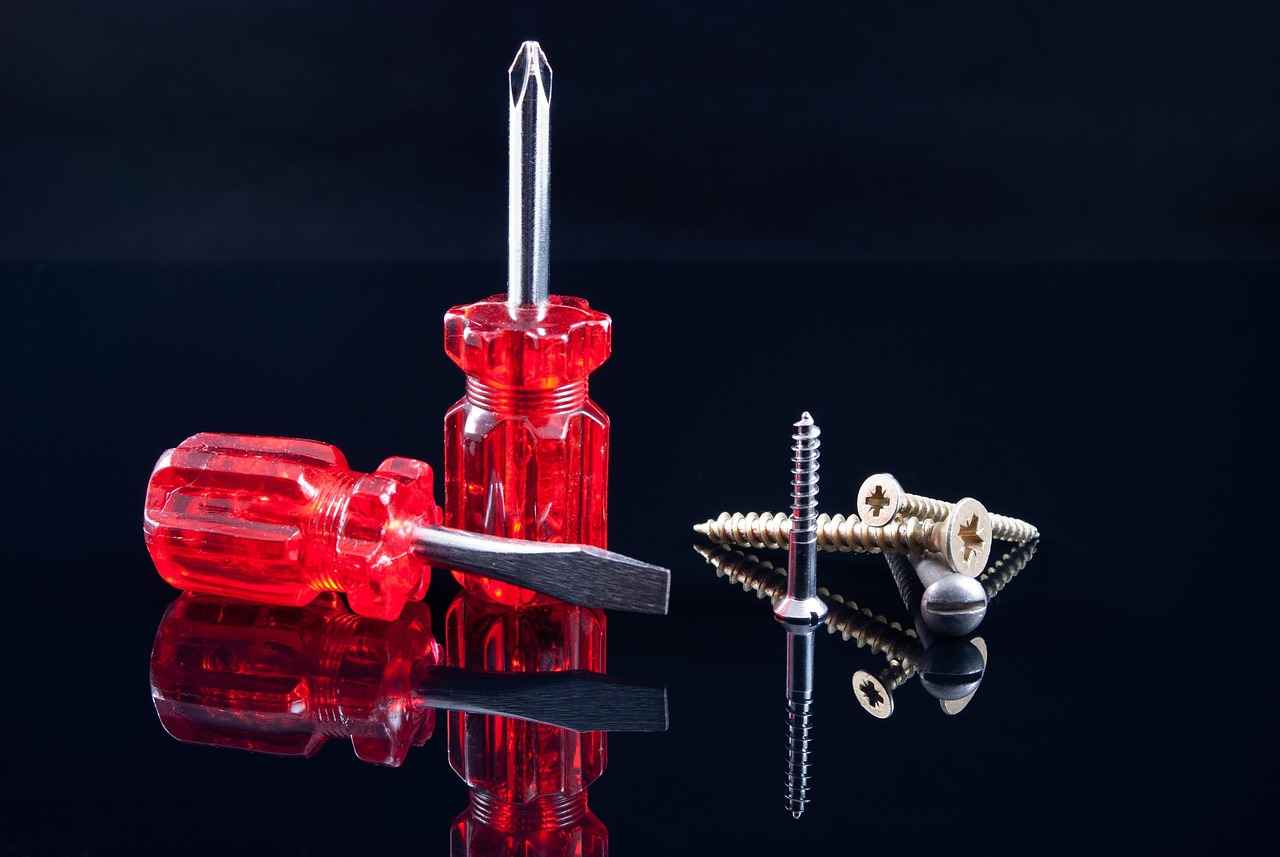
Materials Needed for Your DIY Project
When embarking on the exciting journey of creating your very own pegboard room divider, it’s essential to begin with the right materials. A well-planned project can lead to a stunning and functional addition to your living space. Below is a comprehensive list of materials you will need, along with some tips to ensure your DIY experience is smooth and enjoyable.
Before you dive into construction, gather the following essential materials:
- Pegboard Sheets: The core component of your divider, pegboard sheets come in various sizes and thicknesses. Choose a size that fits your design preferences and space requirements.
- Wood for Framing: Sturdy wood such as 2x4s or 1x3s will provide the necessary support for your pegboard. Ensure you have enough wood to create a solid frame around your pegboard sheets.
- Screws: Select appropriate screws for fastening the pegboard to the frame. Wood screws or self-tapping screws are ideal for this project.
- Tools: Equip yourself with a drill, screwdriver, measuring tape, and a saw (circular or hand saw) for cutting the wood and pegboard to size.
- Sandpaper: Smooth out any rough edges on your cut wood and pegboard to ensure a professional finish.
- Paint or Stain: If you want to add a personal touch, consider painting or staining the wood frame and pegboard to match your decor.
- Brackets or Anchors: Depending on your design, you may need brackets or wall anchors to secure the divider in place.
Having all the necessary materials at hand before starting your project not only saves time but also enhances your overall experience. You can avoid interruptions caused by last-minute trips to the hardware store. Additionally, planning your materials allows you to visualize the final product and make adjustments as needed.
Most of the materials listed can be found at your local hardware store or home improvement center. For more specialized items, consider checking online retailers or specialty woodworking shops. Always compare prices and quality to ensure you are making the best choice for your project.
- Quality Over Cost: While it may be tempting to opt for cheaper materials, investing in quality will ensure durability and longevity.
- Consider Aesthetics: Think about how the materials will look in your space. Choose colors and finishes that complement your existing decor.
- Check for Compatibility: Ensure that all materials work well together. For example, make sure your screws are the right size for your wood and pegboard thickness.
By gathering the right materials and planning your project meticulously, you’ll set the stage for a successful DIY pegboard room divider. This preparation not only enhances the construction process but also contributes to a beautiful and functional result that you can enjoy for years to come.
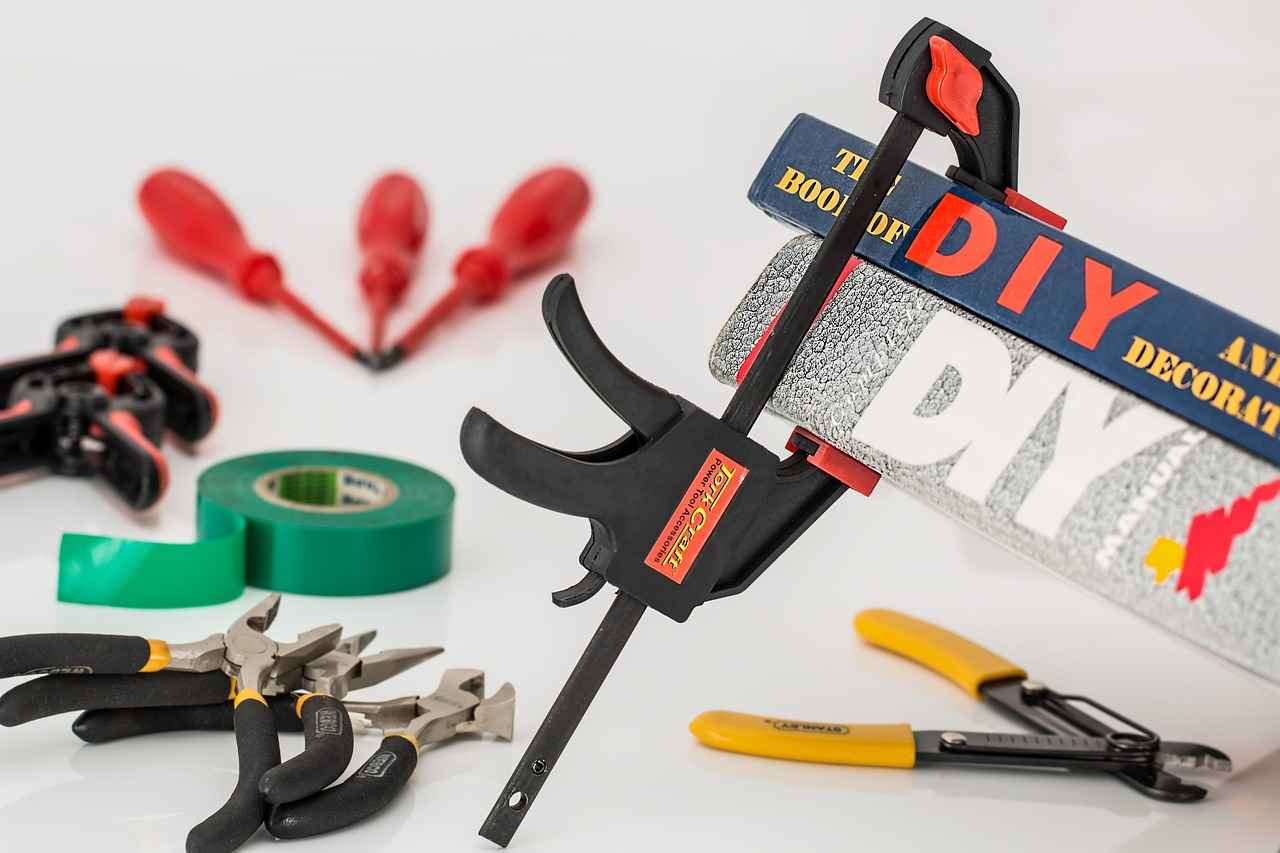
Step-by-Step Guide to Building a Pegboard Room Divider
Creating a pegboard room divider can transform your living space into a functional and stylish area. This step-by-step guide will provide you with all the necessary instructions to build your own pegboard room divider, ensuring it fits seamlessly into your home while serving a practical purpose.
To embark on this DIY project, follow these detailed steps:
- Gather Your Materials: Before you begin, collect all the necessary materials. You will need:
- Pegboard sheets
- Wood for framing (2x4s work well)
- Wood screws
- Drill and drill bits
- Measuring tape
- Level
- Paint or decorative finish (optional)
- Measure Your Space: Accurate measurements are crucial for ensuring your pegboard fits perfectly. Use your measuring tape to determine the height and width of the area you want to divide. Consider how much space you want between the divider and the surrounding furniture.
- Cut the Pegboard: Once you have your measurements, it’s time to cut the pegboard. Use a saw to cut the pegboard sheets to the desired size. Ensure that the edges are smooth to avoid any sharp points.
- Construct the Frame: Build a sturdy frame using the wood pieces. Cut the 2x4s to create a rectangle that matches the dimensions of your pegboard. Use screws to secure the corners, ensuring the frame is square and level.
- Attach the Pegboard: Position the pegboard onto the frame and secure it using screws. Make sure the pegboard is flush with the frame edges for a clean look. It’s advisable to pre-drill holes in the pegboard to prevent it from splitting.
- Secure the Divider: To ensure stability, anchor the frame to the floor or wall, especially if the divider is tall. You can use brackets or L-braces for added support.
- Add Finishing Touches: If desired, paint or stain the pegboard and frame to match your interior decor. Consider using a sealant for a polished finish. You can also personalize your divider with hooks, shelves, or decorative elements.
By following these steps, you will not only create a functional room divider but also a stylish piece that enhances your home’s aesthetic. The pegboard allows for flexibility in design, so feel free to get creative with colors and accessories that reflect your personal style.
Incorporating this DIY pegboard room divider into your home can significantly improve your space’s organization and visual appeal. Whether you need a partition for a home office, a play area, or simply to create a cozy nook, this guide will help you achieve a stunning result.
Measuring Your Space
When embarking on the journey of creating a DIY pegboard room divider, one of the most critical steps is measuring your space accurately. This process not only ensures that your divider fits perfectly but also enhances its overall functionality. Understanding how to measure your space effectively will help you achieve the desired dimensions and create a stylish addition to your home.
Accurate measurements are essential for several reasons:
- Fit: A well-measured pegboard divider will fit snugly in your designated space, preventing gaps or overcrowding.
- Functionality: Proper dimensions allow for the optimal placement of hooks, shelves, and other accessories, enhancing usability.
- Aesthetics: Correct measurements contribute to a balanced and visually appealing design, making your divider a focal point in your room.
Follow these steps to ensure you get the most accurate measurements for your pegboard room divider:
- Identify the Area: Determine where you want to place your pegboard divider. Consider factors like lighting, furniture, and overall flow of the room.
- Use a Measuring Tape: Grab a measuring tape and measure the width and height of the space. Ensure you measure from the floor to the ceiling and wall to wall.
- Account for Obstacles: Take note of any obstacles such as electrical outlets, windows, or furniture that could affect the placement of your divider.
- Mark Your Dimensions: Use a pencil to mark the measurements on the floor or wall. This will give you a visual representation of how the divider will fit.
- Double-Check Measurements: Always double-check your measurements to avoid costly mistakes. It’s better to measure twice than to cut once!
If you find that your measurements don’t align with your initial vision, consider the following:
- Adjust Height: If your ceiling is lower than expected, you may need to adjust the height of your pegboard divider.
- Modify Width: If the space feels cramped, consider reducing the width to create a more open feel.
- Design Elements: Incorporate design elements that can help balance the space, such as vertical stripes or lighter colors to create an illusion of height.
By following these steps and tips, you can ensure that your pegboard room divider is not only functional but also enhances the aesthetic of your space. Remember, accurate measurements are the foundation of a successful DIY project.
Cutting and Preparing the Pegboard
When embarking on the journey of creating a DIY pegboard room divider, one of the most crucial steps is accurately. This process not only influences the overall appearance of your project but also ensures that it functions effectively within your space. Here are some essential tips and techniques to guide you through this important phase.
Cutting pegboard might seem straightforward, but precision is key. Properly cut edges provide a professional finish, reducing the risk of splintering or uneven surfaces that can detract from the overall look of your divider. Moreover, precise cuts ensure that the pegboard fits seamlessly into your design, enhancing both functionality and aesthetics.
- Measuring Tape: For accurate measurements.
- Pencil: To mark your cutting lines.
- Utility Knife or Circular Saw: For clean cuts.
- Safety Gear: Such as goggles and gloves to protect yourself.
- Measure Twice, Cut Once: Start by measuring the space where the pegboard will be installed. Mark the dimensions clearly on the pegboard.
- Choose Your Cutting Method: Depending on your tools, you can either use a utility knife for smaller cuts or a circular saw for larger pieces. Ensure your cutting tool is suitable for the thickness of the pegboard.
- Cutting Process: If using a utility knife, score the pegboard along your marked lines several times until you cut through. For a circular saw, set the blade depth to just below the thickness of the pegboard and cut along your lines.
- Sand the Edges: After cutting, use sandpaper to smooth out any rough edges. This step is crucial for achieving that professional finish and preventing injuries.
Once your pegboard is cut, it’s time to prepare it for assembly. This involves cleaning the surface to remove any dust or debris that may have accumulated during the cutting process. A clean surface ensures better adhesion if you plan to paint or apply any finishes.
When preparing your pegboard for installation, think about the arrangement of hooks and shelves. Pre-drilling holes can facilitate the placement of accessories and ensure that everything is securely mounted. Additionally, consider the weight distribution of the items you plan to hang, as this will influence how you secure the pegboard to your frame or wall.
Before final assembly, inspect your pegboard for any imperfections. A well-prepared pegboard not only enhances the visual appeal of your room divider but also contributes to its functionality. Taking the time to cut and prepare your pegboard properly will pay off in the long run, providing you with a stylish and practical addition to your space.
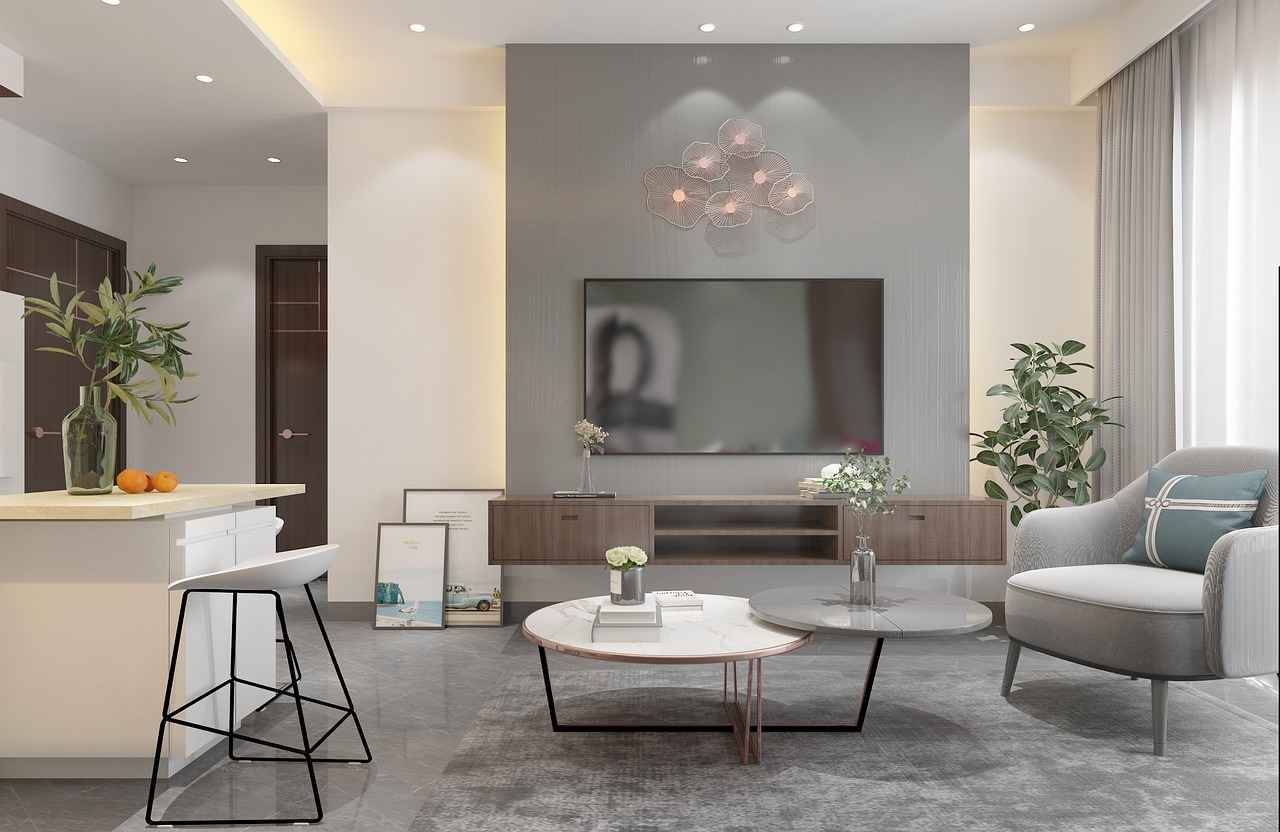
Design Ideas for Your Pegboard Room Divider
When it comes to personalizing your space, a pegboard room divider offers an exciting canvas for creativity. Design ideas for your pegboard room divider can transform it from a simple partition into a stunning focal point in your room. Here, we explore various ways to incorporate colors, patterns, and accessories that truly reflect your unique style.
Colors play a vital role in setting the mood of a space. Consider painting your pegboard in a bold color that complements your existing decor. For a more subtle approach, opt for pastel shades or muted tones. You can even create a gradient effect by blending different colors for a visually striking appearance.
Patterns can add depth and interest to your pegboard divider. You might explore options such as:
- Geometric designs that create a modern look.
- Floral stencils for a touch of nature.
- Stripes for a classic and clean appearance.
Using painter’s tape, you can easily create these patterns on your pegboard before applying paint. This method allows for precision and creativity, ensuring your design is as unique as you are.
Accessories can significantly enhance the functionality and aesthetic appeal of your pegboard divider. Consider adding:
- Hooks for hanging items like bags or hats.
- Shelves for displaying books, plants, or decorative items.
- Lighting fixtures to illuminate the space and create ambiance.
These accessories not only provide practical storage solutions but also allow you to showcase your personality through the items you choose to display.
Once your pegboard is painted and accessorized, consider adding some finishing touches. A clear coat of varnish can protect your paint job and give it a polished look. Additionally, you might want to frame your pegboard with wood or another material to create a more finished appearance. This framing can also tie the divider in with other elements in your room.
Lighting can dramatically change the atmosphere of your pegboard room divider. Use LED strip lights along the edges or behind the pegboard to create a soft glow. Alternatively, small clip-on lamps can be attached to the pegboard itself, providing focused light on specific areas or items.
One of the best features of a pegboard room divider is its flexibility. As your style evolves, so can your divider. You can easily swap out accessories, repaint, or even change the patterns to keep your space feeling fresh and aligned with your current tastes.
In conclusion, personalizing your pegboard room divider is a fun and rewarding project that allows you to express your individuality. By incorporating colors, patterns, and accessories, you can create a stylish and functional piece that enhances your living space.
Incorporating Shelves and Hooks
When it comes to maximizing the utility of your pegboard room divider, incorporating shelves and hooks is an excellent strategy. These additions not only enhance functionality but also contribute to the overall aesthetic of your space. Below, we explore various creative ways to integrate these elements into your design.
Adding shelves and hooks to your pegboard room divider can transform it into a multi-functional piece. Why is this important? Because it allows you to utilize vertical space effectively, making your room feel more organized and spacious.
- Floating Shelves: Install floating shelves on the pegboard to display decorative items, books, or plants. These shelves can be customized in size and color to match your decor.
- Corner Shelves: Utilize corner spaces by adding triangular shelves. This not only maximizes space but also provides a unique design element.
- Adjustable Shelves: Consider using adjustable shelving systems that can be repositioned based on your needs. This flexibility is ideal for changing storage requirements.
Hooks are versatile tools that can serve various purposes. Here are some innovative ways to use them:
- Multi-Purpose Hooks: Use hooks to hang items such as bags, hats, or even kitchen utensils. This keeps frequently used items easily accessible.
- Decorative Hooks: Choose decorative hooks that add a touch of style. Look for unique shapes or colors that complement your room’s theme.
- Magnetic Hooks: Consider magnetic hooks for a flexible solution. They can be easily repositioned and are perfect for hanging lightweight items.
For a cohesive look, consider combining shelves and hooks on your pegboard. For example, place a shelf above a row of hooks to create an organized display area. This setup can be particularly effective in a home office or craft room, where you can store supplies above and hang tools below.
When installing shelves and hooks, keep the following tips in mind:
- Weight Distribution: Ensure that heavier items are placed on lower shelves to maintain stability.
- Spacing: Leave enough space between hooks and shelves to prevent overcrowding and allow easy access to your items.
- Alignment: Align shelves and hooks in a visually pleasing manner to enhance the overall look of your pegboard.
Incorporating shelves and hooks into your pegboard room divider is not just a practical choice; it is a chance to express your personal style. By thoughtfully selecting and arranging these elements, you can create a space that is both functional and visually appealing. Whether you are looking to organize your workspace, display cherished items, or simply add a touch of flair, the possibilities are endless. Embrace your creativity and let your pegboard divider shine!
Painting and Finishing Touches
When it comes to enhancing the aesthetic appeal of your pegboard room divider, play a crucial role. The right paint and finish can not only elevate the look of your pegboard divider but also help it blend seamlessly with your interior decor. Below, we explore suitable options that can transform your divider into a stunning focal point in your space.
Choosing the right paint is essential for achieving a polished and cohesive look. Here are some factors to consider:
- Color Selection: Opt for colors that complement your existing decor. Neutral tones like whites, grays, and beiges can create a calming atmosphere, while bold colors like teal or mustard can add a pop of personality.
- Finish Type: The finish of the paint can significantly affect the overall appearance. Matte finishes provide a soft look, while glossy finishes reflect light and can make the space feel larger.
- Durability: Consider using high-quality paint that can withstand wear and tear, especially if the divider will be frequently used for hanging items.
Here are some recommended paint options to consider:
- Acrylic Paint: This water-based paint is easy to apply and dries quickly. It’s ideal for indoor projects and offers a wide range of colors.
- Chalk Paint: Perfect for a vintage or rustic look, chalk paint adheres well to pegboard and can be distressed for a unique finish.
- Spray Paint: For a smooth and even coat, spray paint is an excellent choice. It’s best to use it outdoors or in a well-ventilated area.
After painting, consider these finishing techniques for added flair:
- Sealing: Apply a clear sealant to protect the paint and add a subtle sheen. This is especially important for high-traffic areas.
- Stenciling: Use stencils to add patterns or designs that reflect your style. This can personalize your pegboard and make it a conversation piece.
- Accent Colors: Incorporate accent colors through hooks, shelves, or decorative items to create a cohesive look.
Preparation is key to achieving a professional finish. Follow these steps:
1. Clean the pegboard thoroughly to remove dust and grease.2. Sand the surface lightly to create a better grip for the paint.3. Apply a primer if you are using a light color over a dark surface.4. Allow the primer to dry completely before painting.
To ensure a smooth application and long-lasting results, keep the following tips in mind:
- Use Quality Brushes: Invest in good-quality brushes or rollers for an even application.
- Thin Coats: Apply multiple thin coats instead of one thick coat to avoid drips and ensure even coverage.
- Regular Touch-Ups: Keep extra paint on hand for touch-ups to maintain the divider’s appearance over time.
By carefully selecting the right paint and applying thoughtful finishing touches, your pegboard room divider can become a stunning element of your interior decor. Whether you prefer a sleek modern look or a cozy rustic charm, the options are endless. With a little creativity and effort, your pegboard can truly shine!
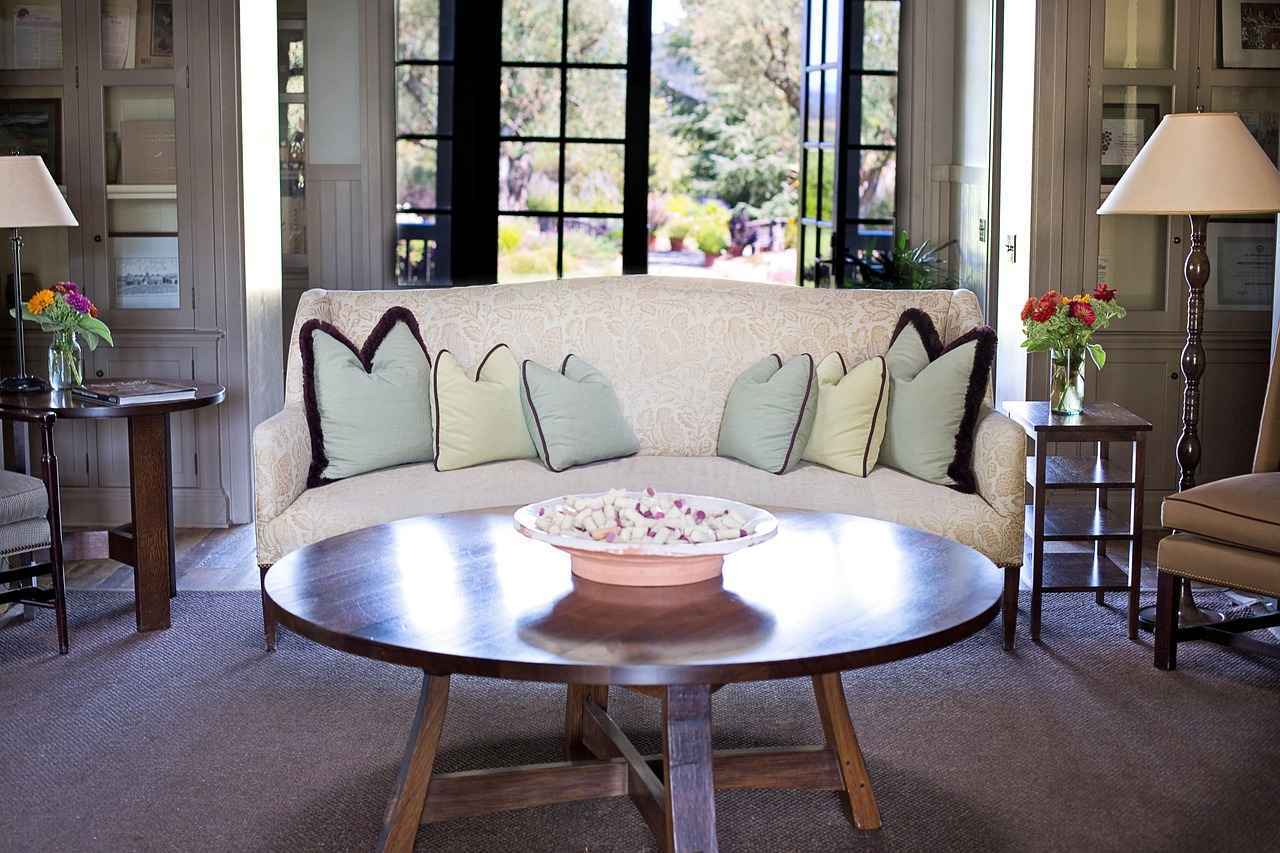
How to Secure Your Pegboard Room Divider
When creating a pegboard room divider, ensuring its security is paramount for both safety and stability. A well-anchored divider not only enhances the aesthetic appeal of your space but also prevents potential accidents caused by tipping or falling. In this section, we will explore various effective methods to anchor your divider securely, ensuring it stands the test of time.
Securing your pegboard room divider is essential for several reasons:
- Safety: A stable divider minimizes the risk of accidents, especially in high-traffic areas.
- Stability: Proper anchoring prevents wobbling or tipping, ensuring your divider remains functional.
- Longevity: A well-secured divider is less likely to suffer damage over time, extending its lifespan.
There are several effective methods to secure your pegboard room divider. Below, we outline some of the most popular techniques:
Using wall-mounted brackets is one of the most reliable methods for securing your pegboard divider. Follow these steps:
- Identify the wall studs using a stud finder.
- Attach L-brackets to the wall at the top corners of the pegboard.
- Secure the brackets to the pegboard with screws for added stability.
For added stability, consider using floor anchors. This method is particularly useful for taller dividers:
- Choose appropriate floor anchors based on your flooring type.
- Drill holes into the floor where the base of the divider will sit.
- Insert the anchors and secure the divider using screws.
Another effective method is to create a weighted base for your pegboard divider. This can be done by:
- Adding sandbags or concrete blocks to the bottom of the divider.
- Incorporating a decorative base that can hold weight while complementing the design.
For a more innovative approach, you can use tension rods to secure your pegboard divider:
- Install tension rods between the ceiling and the top of the divider.
- Adjust the tension to ensure the divider remains upright and stable.
Securing your pegboard divider to adjacent furniture can also enhance stability. Consider:
- Attaching the divider to bookshelves or cabinets.
- Using brackets or straps to connect the divider to sturdy furniture pieces.
By implementing these methods, you can ensure that your pegboard room divider remains secure and functional, enhancing both its safety and aesthetic appeal. Remember, a well-anchored divider not only serves its purpose but also adds a touch of style to your living space.
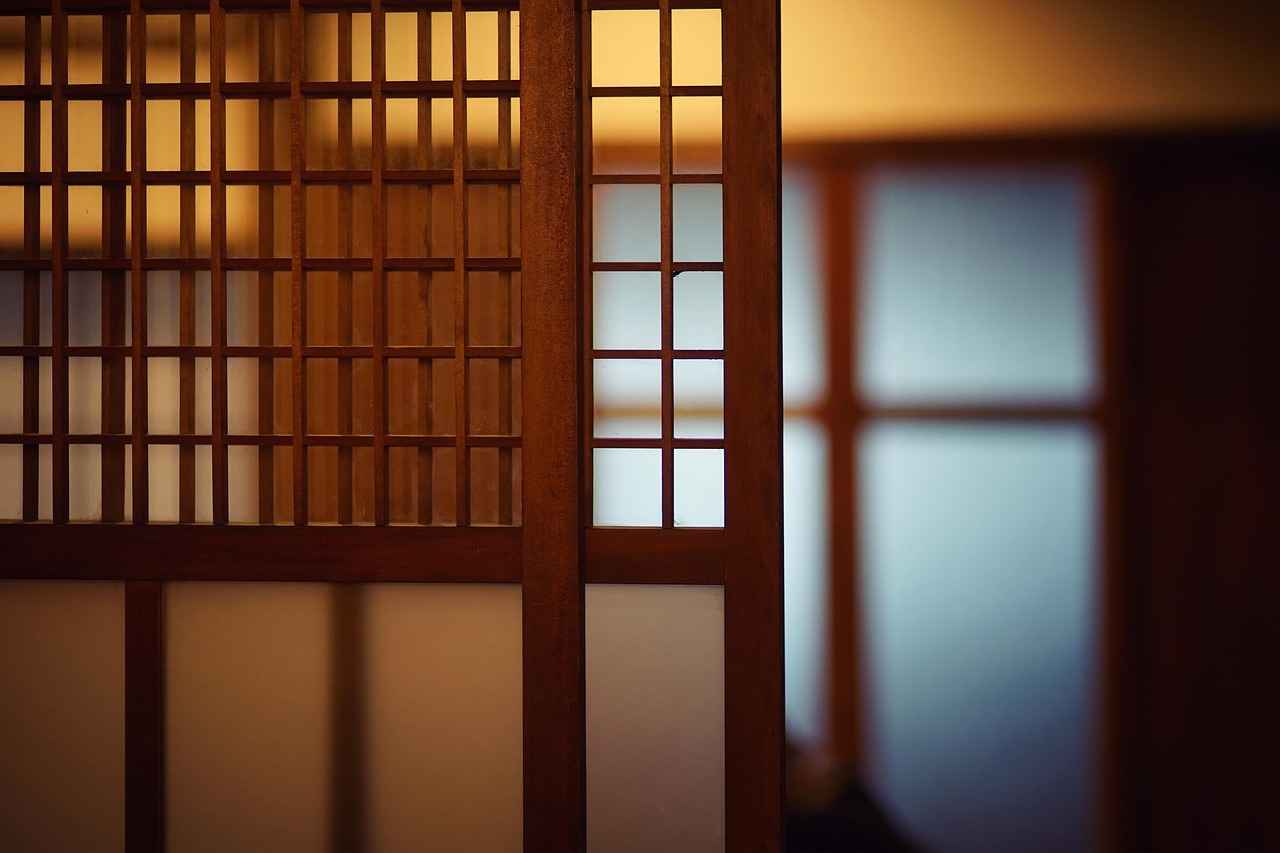
Maintenance Tips for Your Pegboard Room Divider
Keeping your pegboard room divider in top condition is essential for both its functionality and aesthetic appeal. Regular maintenance not only enhances its lifespan but also ensures that it remains a stylish feature in your space. Here are some effective tips to help you maintain your pegboard room divider:
- Regular Cleaning: Dust and dirt can accumulate on your pegboard over time. Use a damp cloth or a soft brush to gently wipe down the surface. For stubborn stains, a mild soap solution can be effective. Always dry the surface thoroughly to prevent moisture damage.
- Inspect for Damage: Periodically check your pegboard for any signs of wear and tear. Look for cracks, chips, or loose hooks. Addressing these issues promptly can prevent further damage and keep your divider looking its best.
- Repaint or Refinish: If your pegboard starts to look dull or faded, consider repainting it. Choose a high-quality paint that is suitable for wood surfaces. A fresh coat of paint can breathe new life into your divider and allow you to change its appearance to match your decor.
- Check Hooks and Accessories: Ensure that all hooks and accessories are securely attached. Loose hooks can lead to accidents or damage to the pegboard. Tighten any screws or bolts as needed, and replace any broken hooks immediately.
- Protect from Moisture: If your pegboard is located in a high-moisture area, such as a bathroom or kitchen, consider using a sealant to protect it from humidity. This can help prevent warping and prolong the life of your divider.
- Organize Regularly: Keep your pegboard organized by regularly rearranging or removing items that are no longer needed. This not only keeps the space tidy but also helps you identify any potential issues with the board or its accessories.
- Use Appropriate Weight Limits: Be mindful of the weight limits for the hooks and shelves you use on your pegboard. Overloading these elements can lead to damage. Always check the manufacturer’s recommendations for weight capacities.
By following these simple yet effective maintenance tips, you can ensure that your pegboard room divider remains a functional and attractive part of your home. Regular upkeep not only enhances its appearance but also contributes to its durability, allowing you to enjoy its benefits for years to come.
Incorporating these practices into your routine will help you maintain a fresh and functional pegboard room divider that complements your interior style. Remember, a little care goes a long way in preserving the beauty and utility of your DIY project!

Where to Place Your Pegboard Room Divider
When it comes to creating a functional and stylish living space, the placement of your pegboard room divider plays a crucial role. Choosing the right location can significantly enhance its effectiveness, allowing you to maximize both its utility and aesthetic appeal. Here, we will explore several strategic placement options that can help you make the most of your pegboard divider.
The placement of your pegboard room divider can impact the overall flow and functionality of your space. A well-placed divider can create distinct areas, improve organization, and even serve as a decorative element. Consider the following factors when determining the ideal location:
- Traffic Flow: Ensure that the divider does not obstruct pathways. Placing it in a way that directs foot traffic can enhance movement within the room.
- Light Sources: Position the divider to allow natural light to flow through. This can help maintain an open and airy feel in your space.
- Functional Areas: Think about how the divider can delineate different functional areas, such as a workspace, relaxation zone, or play area.
Now that you understand the importance of placement, let’s explore some optimal locations for your pegboard room divider:
- Center of the Room: Placing the divider in the center can effectively create two distinct areas while maintaining an open feel. This is ideal for larger spaces where you want to divide the area without closing it off completely.
- Against a Wall: If you prefer a more traditional approach, positioning the divider against a wall can help maximize floor space. This placement is particularly useful in smaller rooms.
- Near Functional Zones: Position your pegboard near areas that require organization, such as a home office or craft area. This allows you to utilize the hooks and shelves for easy access to tools and supplies.
- Entryway or Foyer: Using a pegboard divider in an entryway can create a functional space for coats, bags, and keys, providing an organized first impression as you enter your home.
To further enhance the effectiveness of your pegboard room divider, consider the following:
- Height and Size: Ensure that the height of your pegboard is appropriate for the space. A taller divider can create more privacy, while a shorter one can maintain an open atmosphere.
- Color and Design: Choose colors and designs that complement your existing decor. A well-designed pegboard can serve as a focal point in the room.
- Accessories: Incorporate shelves, hooks, and even plants to make the divider more functional and visually appealing.
In conclusion, the placement of your pegboard room divider is essential for maximizing its potential in your space. By carefully considering traffic flow, light sources, and functional areas, you can create a stylish and efficient environment. Whether you choose to place it in the center of the room, against a wall, or near specific zones, your pegboard can enhance both organization and aesthetics.
Frequently Asked Questions
- What materials do I need to build a pegboard room divider?
To get started on your DIY pegboard room divider, you’ll need pegboard sheets, wood for the frame, screws, and some basic tools like a drill and saw. Having these materials on hand will make your project much smoother!
- Can I customize the design of my pegboard room divider?
Absolutely! One of the best parts about a pegboard room divider is its flexibility. You can paint it, add shelves, or even hang hooks for extra functionality. Think of it as a blank canvas that reflects your unique style!
- How do I ensure my pegboard room divider is stable?
Stability is key! Make sure to properly anchor your divider to the floor or wall. You can use brackets or L-braces for added support. This way, you can enjoy your stylish divider without worrying about it tipping over!
- What are some maintenance tips for my pegboard room divider?
Keep your pegboard looking fresh by regularly dusting it and checking for loose hooks or shelves. A quick wipe down with a damp cloth can do wonders. It’s all about keeping it functional and fabulous!
- Where should I place my pegboard room divider?
Choosing the right spot is crucial! Consider placing it to create a cozy nook or to separate different areas in a larger room. Think of it as a way to define your space while adding a touch of flair!














